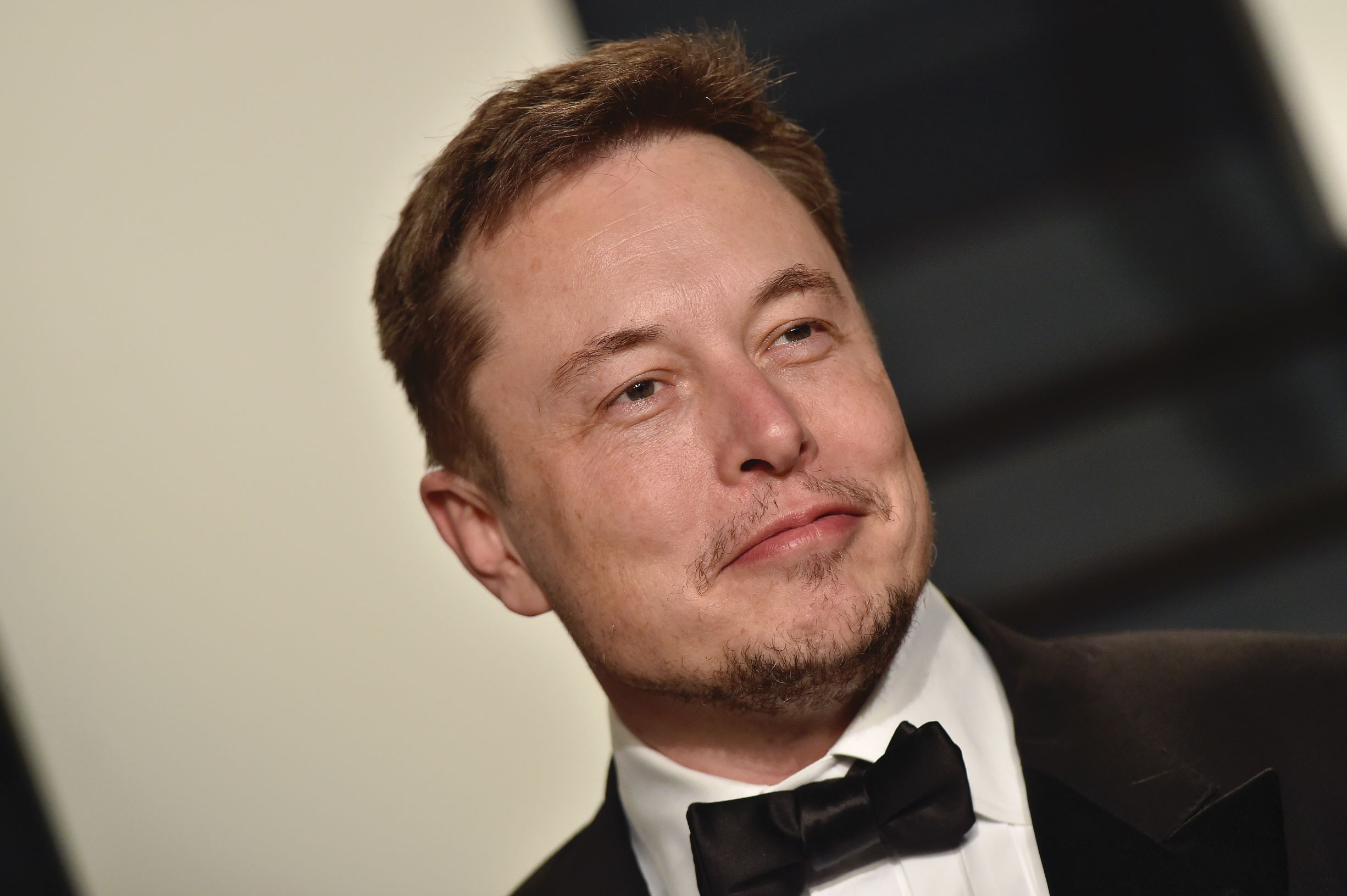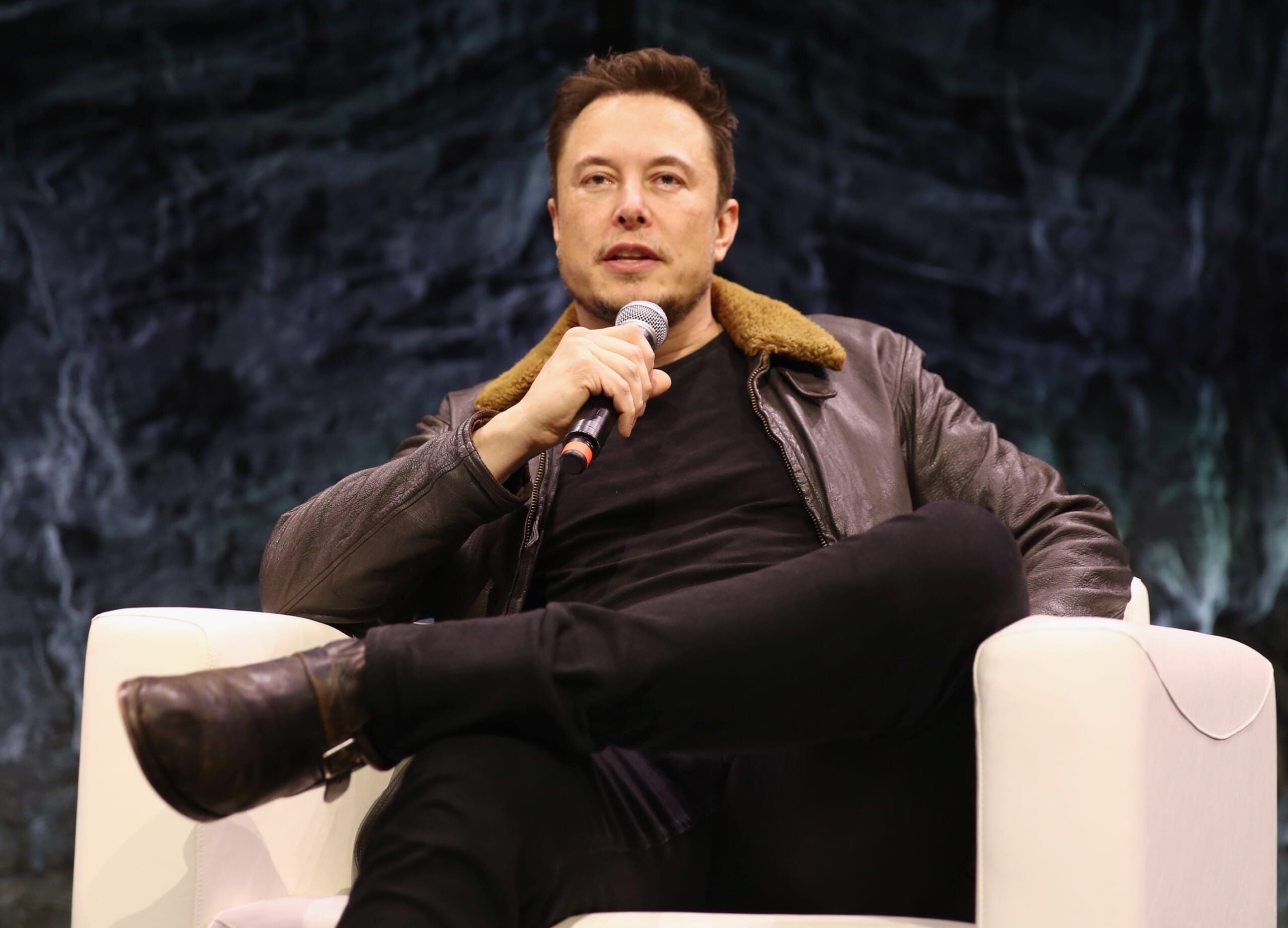How Elon Musk Plans To Make the World a Better Place
With Tesla, SpaceX, the Boring Company and the satellite-based internet service Starlink, the billionaire tech genius wants to change the world for the better.

Elon Musk cares about you. In fact, the 48-year-old entrepreneur, visionary and mogul at press time worth about $40 billion according to Forbes—cares about all of us. This makes him unique because most moguls, entrepreneurs and visionaries are simply concerned with creating the best possible product. Musk obviously cares about his products—from electric cars at Tesla to his SpaceX rocketry—but he also cares about creating a healthier planet. A better future.
The New York Times has stated that he is “arguably the most successful and important entrepreneur in the world.” When Musk’s SpaceX company finally managed to land one of its rockets safely back on a drone ship in 2016, Canadian astronaut Chris Hadfield tweeted his congratulations. The event “opens the imagination to what is possible,” he wrote. And essentially those seven words have summed up Elon Musk’s approach since he was a toddler.
If the debate about Musk’s genius is boiled down to question of nature versus nurture, one glance into his childhood makes a powerful case for the latter. Raised in Pretoria, South Africa, he was preternaturally curious about science and sci-fi, making explosives and eventually reading Isaac Asimov novels. By 1989, he’d matriculated at Queen’s University in Kingston, Ontario, but later transferred to the University of Pennsylvania where he graduated with degrees in physics and business.

In 1995, he cofounded Zip2, an online mapping and business directory service. After selling Zip2, he founded X.com, a financial services company that later developed into PayPal. In 2002, eBay purchased it for $1.5 billion and Musk launched into an all-new direction.
That direction harkened back to his childhood fascination with the stars and planets. In past interviews he’s referenced Earth’s five mass-extinction events, and Musk believes that the survival of humans relies on becoming a multiplanet species. That means colonizing Mars. And the first important step is the ability to travel there affordably.
In 2002, with his PayPal payday, Musk started Space Exploration Technologies, now known as SpaceX. The goal was simple: develop and manufacture rockets and spacecraft that are cheaper and more reliable. The secret? Make them reusable. To do so, he hired talent from TRW, Boeing and NASA, while he manned the roles of CEO, Cofounder and Lead Designer.
The process to reach more than 17,000 mph (to break from the Earth’s atmosphere) and more importantly, retrieve the used rockets, was neither easy nor cheap. Failures were commonplace. He only gave the company’s Falcon Heavy rocket a 50 percent chance of success. But his desire to beat out those in the rocket business—Lockheed, Boeing, Russia, and China—has paid off.
In 2015, SpaceX’s orbital-class booster rocket Falcon 9 was the first ever to deliver a payload to orbit, turn around, reenter the atmosphere and land in a designated destination: a pad at Cape Canaveral. Only five years later, Musk and his fellow engineers have contracted more than 100 launches—a sign that Mars might not be that far away.
Yet Musk was not just satisfied with space. He understood that the planet’s inhabitants were facing another crisis, one that few industries were seriously addressing: climate change. The need to break from the dependence on fossil fuels inspired him in 2004 to become one of the main financiers of Tesla Motors (later renamed Tesla), the electric car company founded by Martin Eberhard and Marc Tarpenning.
Their first vehicle, the Roadster sports car, hit the streets in 2008. Yet this wasn’t your typical electric car. It could travel 245 miles on a single charge and do 0–60 mph in less than four seconds. But Musk didn’t stop there. Next was the Model S sedan, followed by the Model X SUV, and more recently, the Cybertruck, partly inspired by one of James Bond’s amphibious Lotus Esprits, which Musk owns.
Again it was not all smooth sailing. Tesla experienced major production problems. An exceptionally difficult first half of 2019 seemed to signal the end was near—however, in January of this year Tesla pleased analysts with a $105 million quarterly profit. The news sent the stock on a tear and the company’s valuation passed the $100 billion dollar threshold, making it the second most valuable automaker behind Toyota. While it bodes well for the future of sustainable-energy cars, it also could mean a boost for Musk’s bank account in the neighborhood of a $370 million payout.
Space travel and revolutionizing the auto industry would likely be enough for most people. But as he’s proven over and over, Elon Musk is not most people. His vision, drive, the ability to make dreams into reality appear as limitless as the universe itself. Another current endeavor is the Boring Company, an infrastructure and transportation concern that hopes to fuse state-of-the-art tunneling technology with an electric public transportation system. The hope? To put an end to urban traffic blight and allow people to travel underground at high speeds for long distances.
He’s also continuing to expand Starlink, the name of a satellite-based internet service that is part of SpaceX. With more than 240 Starlink satellites currently in space and thousands more planned for the coming years, Musk intends to create a network that can beam internet access back to the ground and provide coverage to less populated and less accessible areas all over the world.
With such a diverse group of companies and such incredibly lofty goals, Musk knows that not all of his designs will come to fruition. Failure and setbacks, as he has experienced often, go with the territory. But it certainly won’t deter him from trying. Anything, anywhere. “When something is important enough,” he once said. “You do it even if the odds are not in your favor.”
